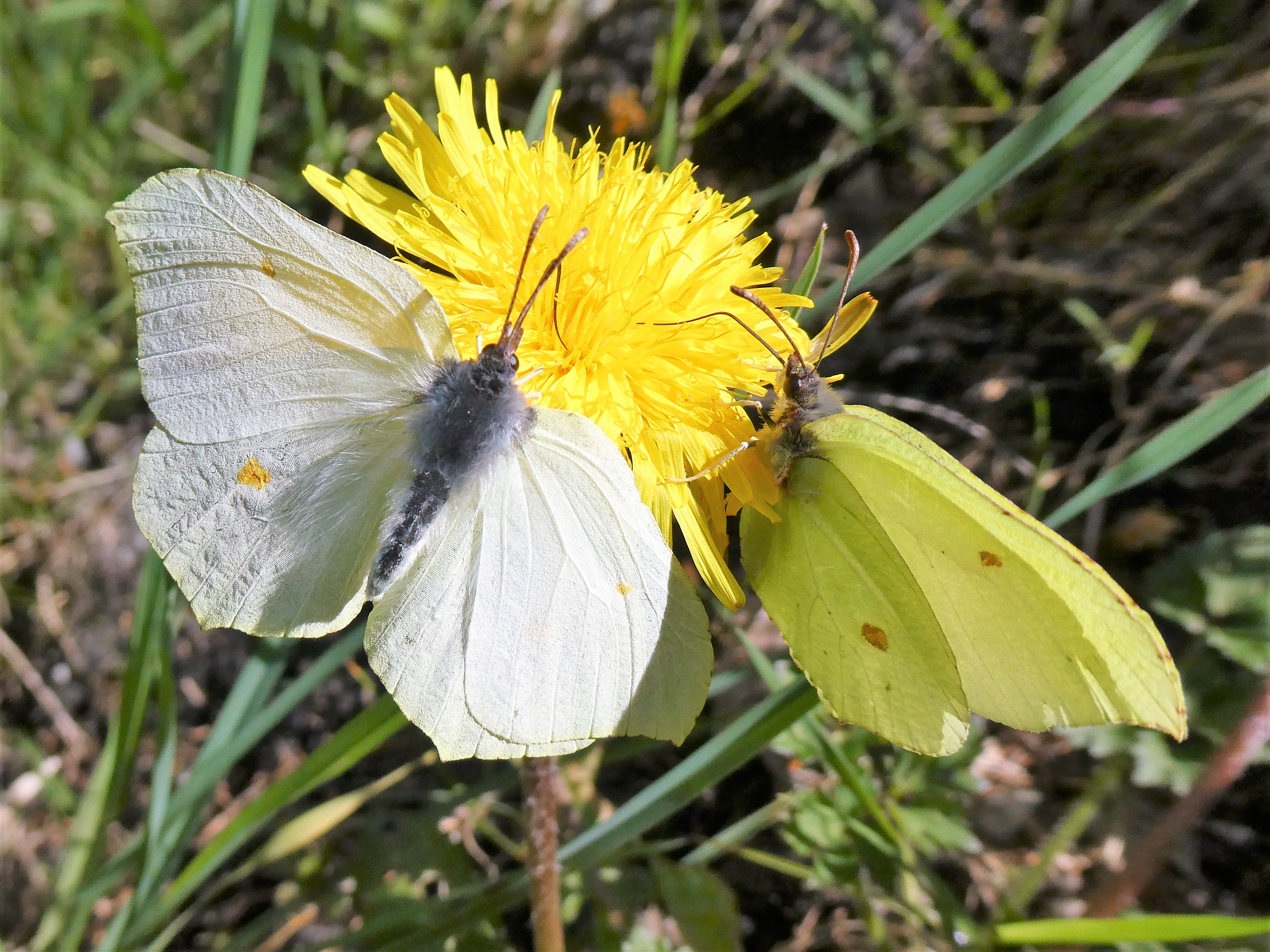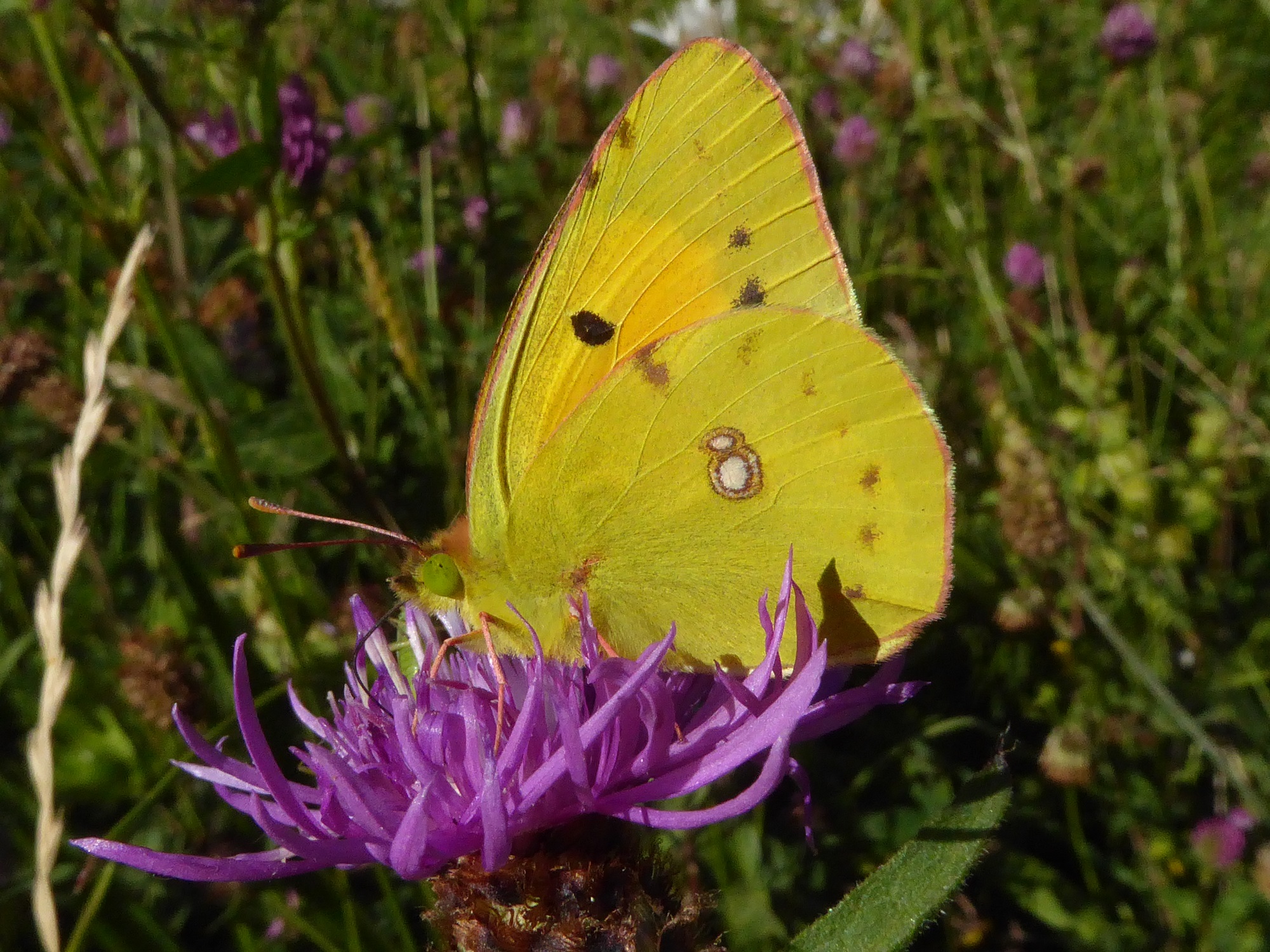The twentieth century saw warfare produce industrial-scale slaughter that was unimaginable in previous times. These dark times saw combat involving all continents, a truly global scale. Even in the throes of trauma, people took the time to notice nature, especially butterflies.
Erich Remarque was a German soldier who served in the German Army in World War I. His book describing the experiences of German front line troops appeared in 1929. Remarque’s brilliant exposé of the horror of modern war, All Quiet on the Western Front describes a brief moment of brightness following a ferocious battle the Germans fought against French troops in the summer of 1917:
“For the whole morning two butterflies have been playing around our trench. They are Brimstones, and their yellow wings have orange spots on them. I wonder what could have brought them here? There are no plants or flowers for miles. They settle on the teeth of a skull”. (Chapter 6, pages 88-89, Vintage Classics edition)
In fact, the wood where the German troops were sheltering had just been destroyed by shelling-presumably these newly emerged Brimstone butterflies came from that wood.

Near the conclusion of the brilliant 2018 documentary (which used original war film), They Shall Not Grow Old produced and directed by Peter Jackson, a British soldier who gave testimony after the war reported that he was delighted to get the chance to see Camberwell Beauties and Common Swallowtails flying along a riverbank in France or Belgium-these butterflies are very rare in Britain.
In fact, despite the horrendous suffering on the western front, the heavy shelling of the battle zones in France and Belgium had some benefits for butterflies and the troops who needed to see the beauty in their ugly, nasty world. Soil disturbance often allows wildflowers to flourish, producing great conditions for grassland butterflies.
The British Prime Minister and war leader, Winston Churchill, planned a butterfly house at his home at Chartwell, Kent in 1939 but the war meant that he had to wait until the war ended to build his butterfly house to breed butterflies. This has recently been restored. Churchill also got his gardener to plant thistles in his otherwise formal garden to attract butterflies.
In her 2019 book, Love, Life and Loss on the British Home Front Caroline Taggart show us how Britons succeeded in keeping spirits up with her entertaining collection of first-hand reminiscences from people who lived through those six long years. Many children from London, Liverpool, Sheffield and other large cities were evacuated to the countryside to avoid Goering’s Luftwaffe. In rural settings for the first time in their lives, children came into intimate contact with nature and revelled in it. One boy, Brian, returned to Surrey after two years in Cornwall and was astonished by the changes he saw:
“It was the summer (of 1944) of the great invasion; not by Rommell’s Panzers but by swarms of butterflies. In the park, where trenches had been dug across open fields to prevent German warplanes landing, thousands of tortoiseshells now sunned themselves on the tall thistles that had sprung unbidden from the disturbed clay.
As the summer advanced, clouds of migrant butterflies- peacocks, painted ladies, red admirals and clouded yellows-poured across the channel on the bombsite buddleias, where they hung in clusters, drinking in the nectar with watch-spring tongues until they were too drunk to fly”.
However, this great Clouded Yellow migration from the continent caused great alarm among the Coastwatch personnel. They watched the clouds of yellow pouring over the sea in shock, believing that this was a poison gas attack. Happily, this turned out to be a great Clouded Yellow year. So was 1947, a year when post-war rationing was still very much in operation. At least nature was unrationed.
In his memoir concerning his experience of Operation Torch in North Africa, Spike Milligan writes in “Rommel?” “Gunner Who?” of seeing Cabbage Whites “along with several orange tips” on February 20th 1943 at El Aroussa, Tunisia. The countryside was bursting into bloom, especially Borage and blue and red anemones, giving Milligan the urge to paint. Instead, he had to content himself with leaving messages on stones for those who would come after him, “This way for World War II”. The orange-tip Milligan saw was not the Orange-tip Anthocharis cardamines we know, but Moroccan Orange-tip Anthocharis belia and or Desert Orange-tip Clotis evagore, both of which fly from February. The brightness and colour must have brought happiness-it reminded Milligan of the rather more peaceful South Downs in south-east England.
Perhaps this is what butterflies and their landscapes offer-a sense of happiness, normality, a groundedness in a turbulent, uncertain and unjust world. By continuing to fly, to feed, mate and lay down the next generation, we are reminded of the sheer goodness of life when we have most need to remember.


